


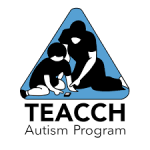
Methodology is implemented, which is “Treatment and Education of Autistic and Communication Handicapped Children”. It is one of the globally recognized methods employed to teach children with ASD.
TEACCH is based on the "Culture of autism", which means to understand the characteristics and pattern of thinking of the individuals with autism using the intervention of structured teaching. It is highly dependent on structure, organization, visual information, and routines.
The key elements of "Structured Teaching" include:
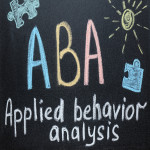
Applied Behaviour Analysis is the process of systematically applying interventions based upon the principles of learning theory to improve socially significant behaviors to a meaningful degree, and to demonstrate that the interventions employed are responsible for the improvement in behavior. It focuses on the principles that explain how learning takes place. Positive reinforcement is one such principle. When behavior is followed by some sort of reward, the behavior is more likely to be repeated. Through decades of research, the field of behavior analysis has developed many techniques for increasing useful behaviors and reducing those that may cause harm or interfere with learning. Applied behavior analysis (ABA) is the use of these techniques and principles to bring about meaningful and positive change in behavior.
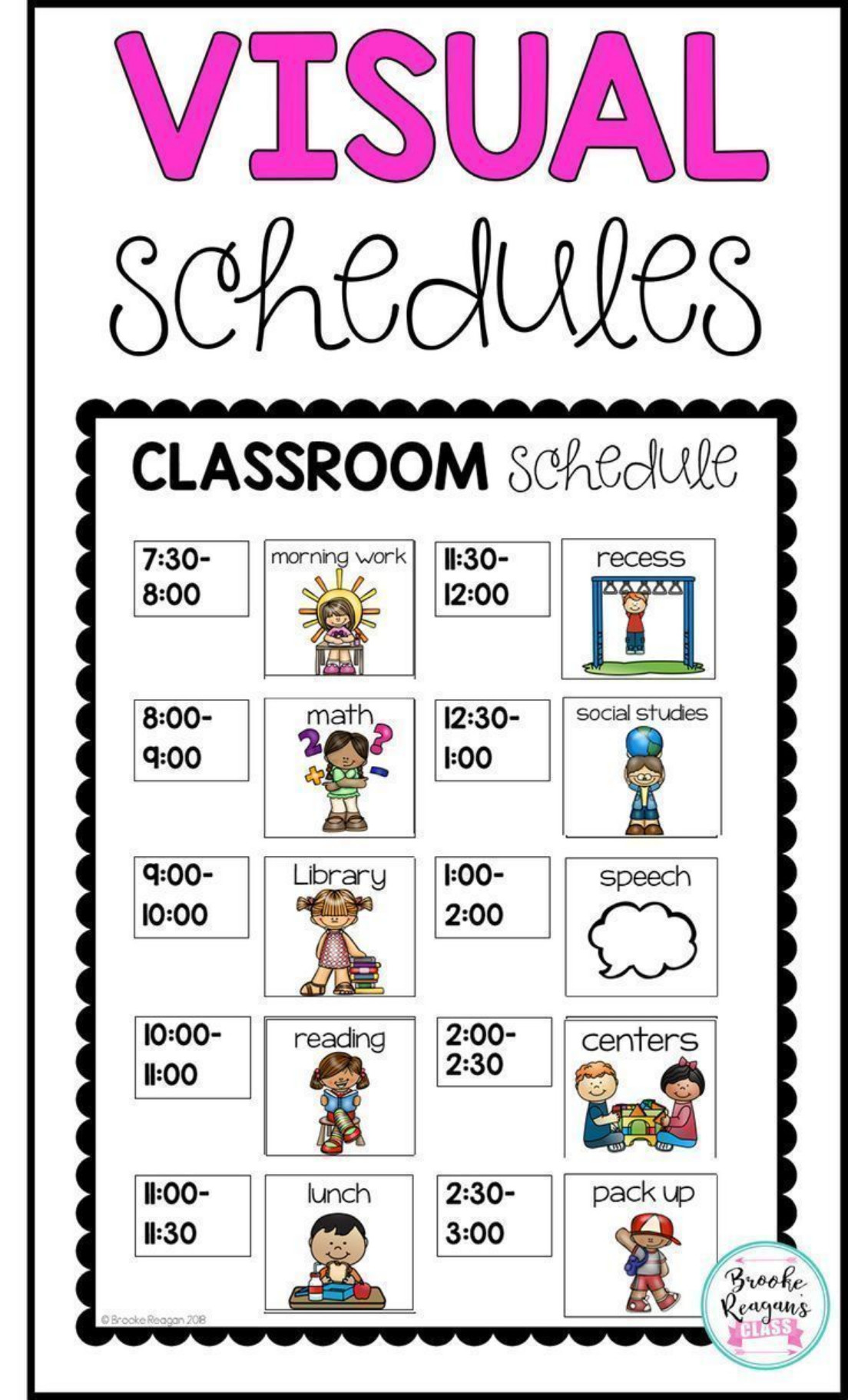
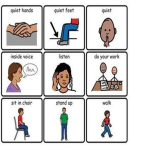
ADL - Activities of Daily Living are given priority along with PECS Communication. Requesting to go to toilet, asking for water/food, asking for a break are the main ADL components
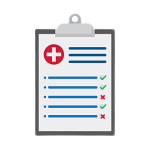
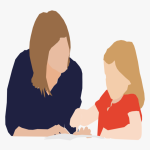
Children included in individual sessions until they have improved the attention, the concentration, impulse control, capacity to follow instructions.

Aimed at social inclusion specific skills and interaction with others, objects and interactions in challenging and competitive games.
